In this article provided by the video converter free from MiniTool, we'll explore what is the best FPS for video recording and why certain FPS values are favored in different contexts.
When it comes to video recording, one of the key technical decisions you’ll need to make is selecting the appropriate frames per second (FPS). FPS refers to the number of individual frames or images displayed per second in a video. This choice significantly impacts the quality, style, and usability of your video.
Understanding FPS in Video Recording
Frames per second (FPS) determines how smooth and fluid a video appears. The higher the FPS, the smoother the motion in the video, which is especially important for action-packed scenes. Conversely, lower FPS can give a video a more cinematic or dramatic effect but might appear choppy if too low.
Common FPS Options and Their Uses
24 FPS
Cinematic Standard: This is the standard frame rate for movies and has been used in the film industry for decades. It gives a film-like quality and is preferred for its aesthetic and the nostalgic look it imparts.
Best For: Narrative films, TV shows, and music videos where a cinematic feel is desired.
30 FPS
Broadcast Standard: Often used in television broadcasts and online video platforms, 30 FPS provides a balance between smooth motion and data efficiency.
Best For: TV shows, news broadcasts, and general online video content where a slightly smoother look than 24 FPS is needed.
60 FPS
High-Motion Clarity: This frame rate is ideal for fast-paced action scenes, sports, and video game recordings, providing very smooth and clear motion.
Best For: Sports, action videos, video game footage, and content where high motion clarity is critical.
120 FPS and Above
Ultra-Smooth Motion: These higher frame rates are used for slow-motion effects and very high-motion clarity, often requiring more advanced equipment and storage.
Best For: Slow-motion videos, scientific research, and specialized cinematic effects.
Which FPS Is Better for Video Recording?
What is a good FPS for video recording? The answer is different for different types of videos.
# Vlogging and YouTube Videos
For most vlogs and standard YouTube videos, 30 FPS is typically sufficient. It provides a good balance between smooth motion and manageable file sizes.
# Cinematic Projects
For films, documentaries, and high-end music videos, 24 FPS is often preferred to achieve that classic film look.
# Live Streaming and TV Broadcasting
These often use 30 FPS to ensure a smooth viewing experience for audiences.
# Sports and Action Footage
60 FPS or higher is recommended to capture fast movements clearly and smoothly.
# Slow-Motion Recording
To achieve high-quality slow-motion effects, recording at 120 FPS or higher is necessary.
Factors to Consider When Choosing FPS
What FPS should I record at? It depends on the following aspects.
- Purpose of the Video: The intended use and audience of your video play a significant role in determining the best FPS.
- Equipment Capability: Ensure your camera and editing software can handle the desired FPS. Higher FPS requires more processing power and storage.
- Lighting Conditions: Higher FPS may require better lighting to avoid issues with exposure and image quality.
- Editing and Playback: Consider how you will edit and where the video will be played. Some platforms may have limitations on FPS.
MiniTool MovieMakerClick to Download100%Clean & Safe
How to Record Video at Your Desired FPS?
After knowing which FPS is better for video recording of various situations, you can start recording your activities with a reliable screen recorder like MiniTool Video Converter. Here are the steps for capturing videos at the best recording frame rate.
MiniTool Video ConverterClick to Download100%Clean & Safe
Step 1. Download, install, and open MiniTool Video Converter on your device.
Step 2. Go to the Screen Record tab from the top menu.
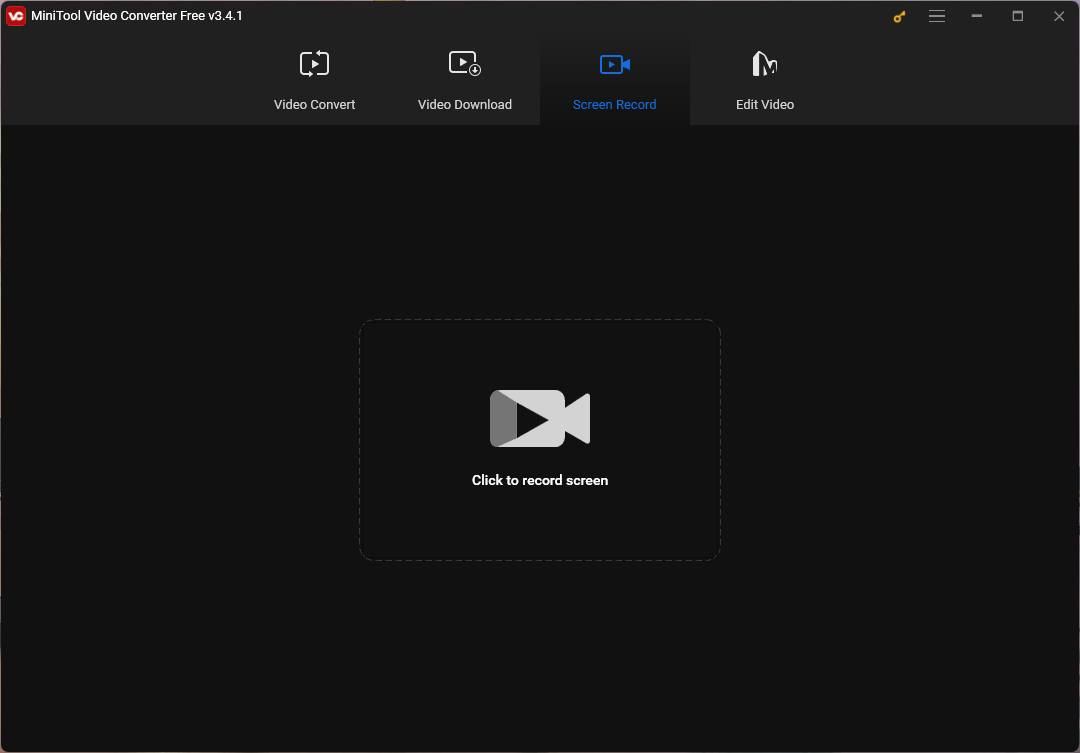
Step 3. Choose the Click to record screen option.
Step 4. Click the Settings icon in the top right.
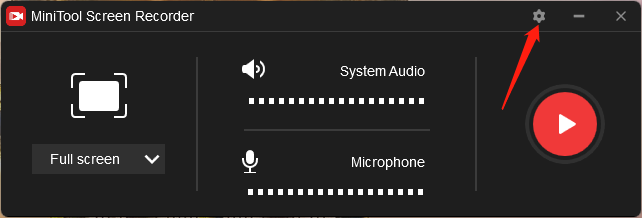
Step 5. Set up recording frame rate and other recording settings.
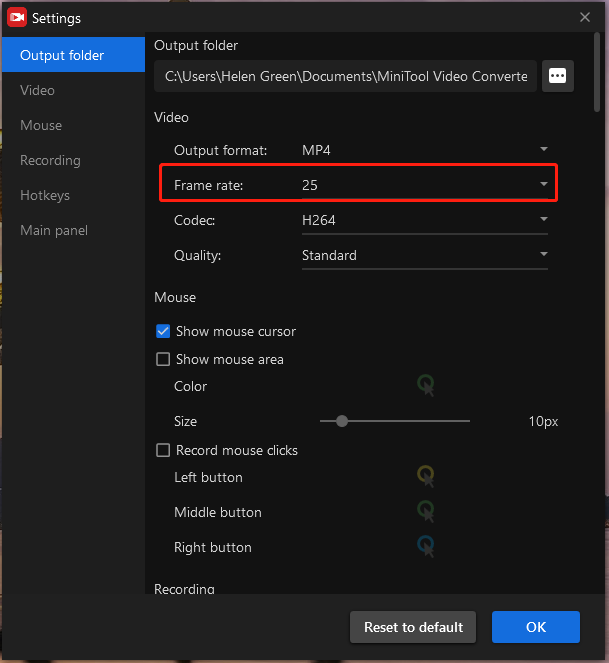
Step 6. Click the Record button to start recording.
Step 7. Stop recording when it is done.
Conclusion
Choosing the best FPS for recording video depends on several factors, including the type of content, desired aesthetic, and technical capabilities of your equipment. For most online content, 30 FPS is a solid choice, while 24 FPS is ideal for cinematic projects. High-action content benefits from 60 FPS or higher, and specialized recordings like slow-motion require even greater frame rates. By understanding the impact of FPS on your video quality and style, you can make an informed decision that best suits your project’s needs.


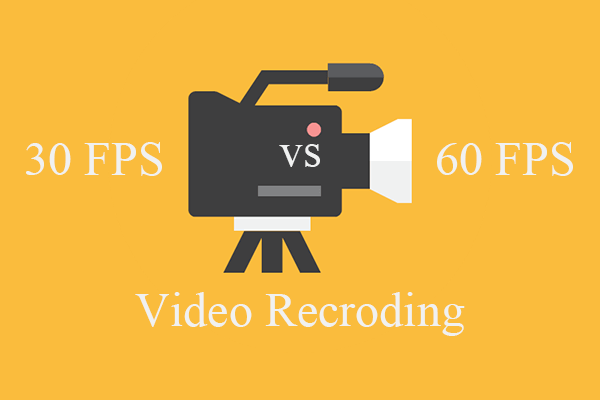
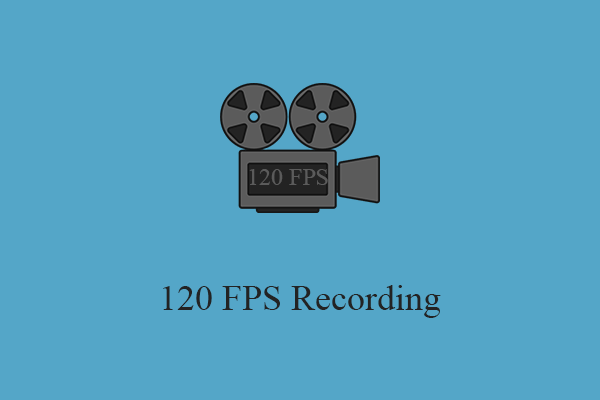
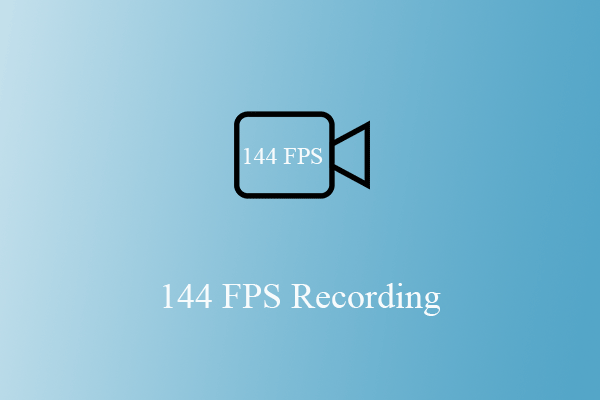
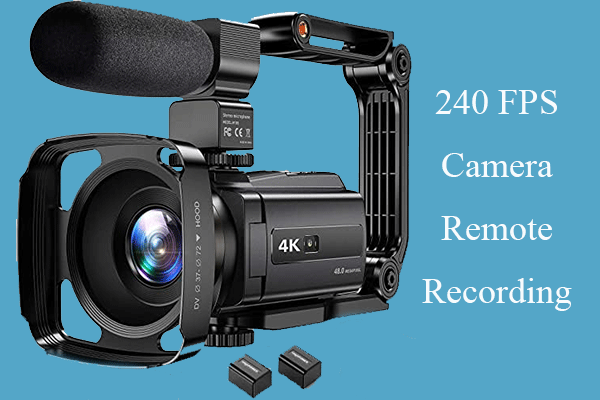
User Comments :